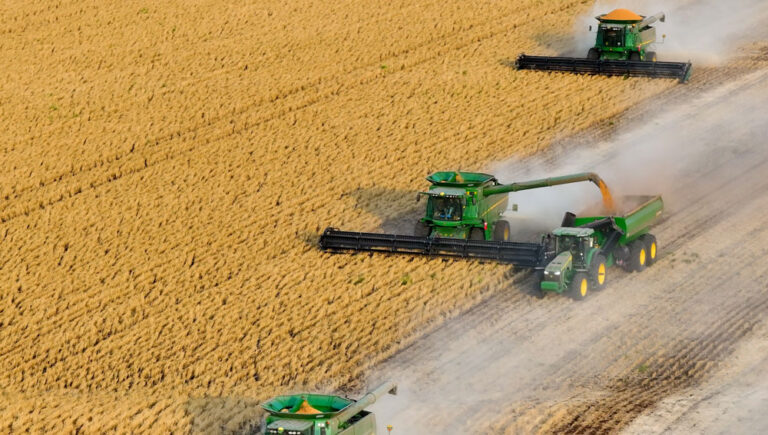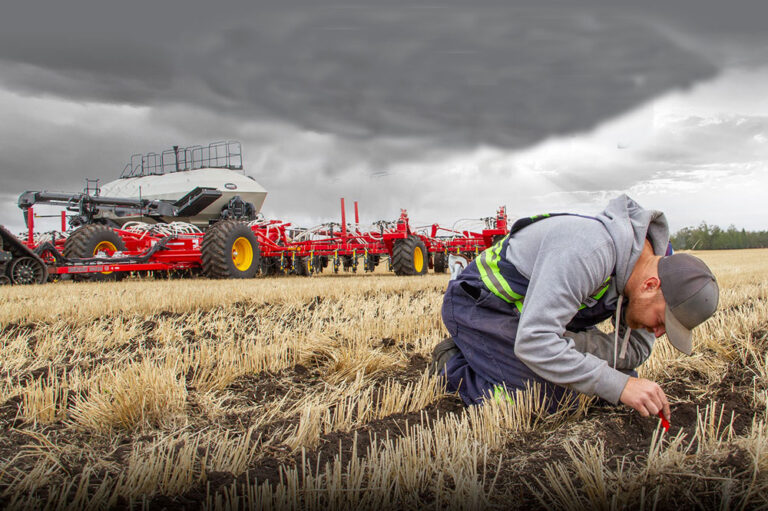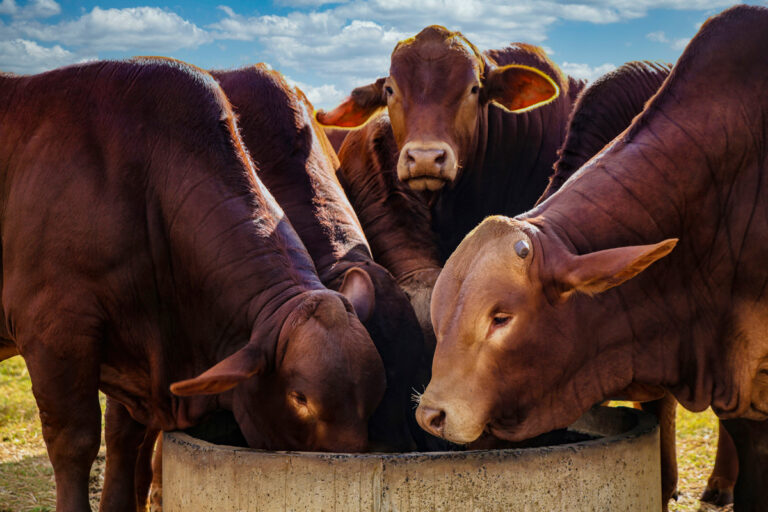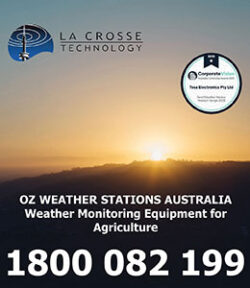A report reveals of the $1.47 billion RDC funding received in the 2023-24 season farmers contributed up to $573.2 million towards a $1.3 billion spend
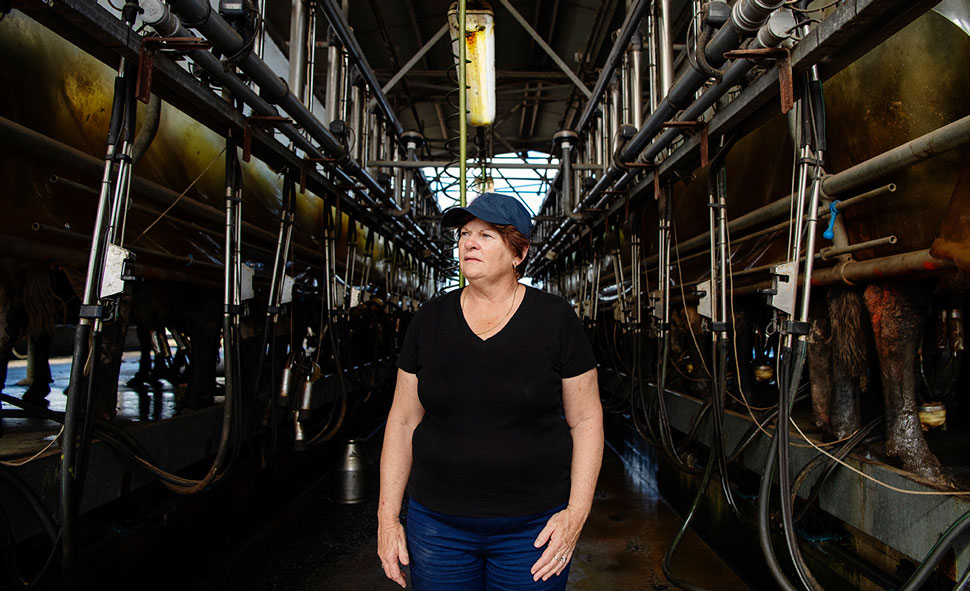
Farmer levy contributions were received right across the board, from activities including cropping and livestock production through to wool and wine, to reach $573.2 million for the 2023-24 season alone, according to figures published in the inaugural Collective Research and Innovation Outcomes 2024 report.
The comprehensive report, the first to highlight in detail RDC’s contribution across Research, Development, Extension, Adoption and Commercialisation (RDEA&C), from funds invested to tackle current challenges and create new opportunities.
The report focuses on priority areas identified by the Australian Government, including climate and sustainability, biosecurity, trade, First Nations engagement, workforce and digital innovation.
To meet Australia’s economy-wide target of Net Zero by 2050, the report highlights the role the agriculture, fisheries and forestry industries will play in Australia lowering its emissions.
RDCs have been long-term investors in reducing emissions. Analysis of investment in the last three years, since 2022, identified 320 projects totaling $384 million.
Focus areas included reducing methane (livestock) and nitrous oxide (fertiliser) emissions, leveraging opportunities in energy efficiency and renewables, natural capital, sustainability and systems innovation, while continuing to focus on productivity gains.

Projects underway by RDCs recipients
Helping to combat emissions, GRDC has $150 million in co-investments with research partners with direct emissions reduction and sustainability outcomes, including a new $38M project to support grain growers to monitor, manage and report on on-farm greenhouse gas emissions.
These include investments in greenhouse gas emissions benchmarking for the Australian grains industry, work in nitrogen use efficiency, enhanced efficiency fertilisers, GHG from crop residues, autonomous technology and understanding the emissions implications of farming systems and crop rotations.
Under the Environmental theme, RDCs are working with producers to understand the value of biodiversity and to build natural capital, not only to benefit the environment but also to secure their long-term productivity.
Industries are pursuing models of production and consumption that aim to reduce waste and environmental impact through re-use and recycling in a circular economy.
As an island nation, one of Australia’s greatest weapons against pests and disease is its isolation. However, that alone is not enough to keep the nation safe.

In November 2023, the Department of Agriculture, Fisheries and Forestry (DAFF) revealed Australian farmers were spending $3.8 billion a year to control vertebrate pests and weeds and were incurring $1.5 billion in production losses.
RDCs are investing heavily in the innovation needed to not only engage with the challenges posed by biosecurity, including the costs to producers, but also to maintain access to existing markets.
Biosecurity is a primary consideration for countries importing products, with Australia’s ‘clean’ reputation for food and fibre a key competitive advantage when it comes to opening the door to further market opportunities.
In season 2023-24, Australian agricultural, fisheries and forestry exports were valued at $75.6 billion. In the three years to 2023-24, Australia exported about 70% of the total value of agricultural, fisheries and forestry production, so market access is an important focus for RDCs.
Grains Research and Development Corporation’s (GRDC) focus on biosecurity is a prime example which has led to a partnership with five state government departments and resulted in the National Grains Diagnostic and Surveillance Initiative (NGDSI), which has included a $26.7 million investment from GRDC.
It will employ state-of-the-art technology and processes to improve Australia’s ability to rapidly detect and accurately diagnose exotic pests and plant diseases, and will support more biosecurity specialists to forecast future pest and disease risks to the nation’s grains industry.

The RDCs also showcase the exceptional quality and sustainability of Australian products to international markets, working closely with the Federal Government to enhance market opportunities and reduce barriers to trade.
Hort Innovation, Dairy Australia, Meat and Livestock Australia (MLA), Wine Australia and Seafood Industry Australia have established the Australian Food & Wine Collaboration Group (AFWCG), which also leverages industry-government partnerships with DAFF, Austrade, and the Department of Foreign Affairs and Trade.
Phase I of the project included six-month intensive programs focused on promotional and relationship-building activities in Thailand, South Korea, Vietnam, and Indonesia.
And due to its success, the AFWCG received a second Australian Trade and Market Access Cooperation (ATMAC) grant to apply learnings from Phase I in Taiwan, Japan and Malaysia, and to revisit South Korea.
The Australian Meat Processor Corporation (AMPC), together withMeat and Livestock Australia (MLA) are ramping up a key digital innovation project in 2025.


It means the world’s first fully automated beef boning program is a step closer, with a major pre-production demonstration of a striploin cutting module about to kick off at JBS Australia’s Brooklyn Victoria, facility as part of the LEAP4Beef program.
LEAP4Beef follows the success of an earlier project to automate lamb cutting and seeks to apply the learnings from that work to the beef processing sector. Once fully developed and integrated, the system will unlock large-scale, high throughput and sophisticated automation.
With a focus on Sustainability and Climate, a new industry-led project has been designed to help understand and unlock the potential for bioenergy generation as an approach to managing waste from farms and food processing industries in Victoria.
Dairy Australia is partnering with the Australian Dairy Products Federation (ADPF), AMPC, APL, AgriFutures, Australian Alliance for Energy Productivity (A2EP) and MLA to identify the most promising opportunities within regional Victoria for the development of bioenergy projects based on anaerobic co-digestion of waste streams from the dairy, red meat, pork, and chicken meat industries.
The project is supported by the VIC Government’s Circular Economy Business Support Fund as part of the Circular Economy Business Innovation Centre.

RDCs investment on return
Rural Research and Development Corporations (RDCs) claim they are reaping enormous economic, environmental and employment benefits by investing around $1.3 billion every year in knowledge and innovation to drive a productive and sustainable future for the nation and global markets.
According to the RDCs, the return on this investment is eight-fold, with research by the Australian Bureau of Agricultural and Resource Economics and Sciences (ABARES) finding that for every $1 invested in agricultural Research and Development (R&D), almost $8 in returns are generated for farmers over 10 years.
Helping to support the efforts of levy payers, Australian Wool Innovation (AWI) ran the shearer and wool handler training program. It is estimated to have generated a benefit-cost ratio of $6.05, meaning for every $1 invested by AWI, there was a $6.05 return on investment, with net benefits of $14.7 million.
World-leading innovation will be essential to drive the transformational productivity gains required to ensure our agriculture, fisheries and forestry sectors remain competitive on an increasingly competitive global stage.
Using data and cutting-edge new technology not only increases productivity but also contributes to the sustainability of the sector. The rate of adoption of new technology is gathering speed sector-wide.
The result of six years of collaborative research by the Cotton Research and Development Corporation (CRDC) and GRDC, with the support of commercial partner, Goanna Ag, the Weather and Networked Data (WAND) system is a world-first solution to combat spray drift.
The WAND network consists of more than 100 Profiling Automatic Weather Stations across the grain and cotton regions of Queensland and NSW.
The WAND provides real-time weather data for growers and spray operators about the presence or absence of hazardous temperature inversions. Before WAND, there was no way to distinguish a hazardous inversion from a non-hazardous inversion.
Troy Setter, Chair of The Council of Rural RDCs, said the inaugural report is a celebration of the work of the RDCs across the 2023-24 financial year.
“During this time our agriculture, fisheries and forestry industries have gone from strength to strength and are being recognised as among the best in the world. I’m incredibly proud of our dynamic and cohesive RDC network. Their expertise, passion, and enthusiasm are fueling higher levels of productivity, sustainability and profitability,” Troy Setter concluded.
The full report and more information about the Rural Research and Development Corporations can be found here.
About Rural Research and Development Corporations (RDCs)
In 1989, legislation was passed to establish a comprehensive network of Rural Research and Development Corporations (RDCs). Since their establishment enormous strides have been taken in the delivery of economic, environmental and social benefits for Australian agriculture, fisheries and forestry industries.
Today, our RDCs are working towards a common purpose and goal, the RDCs continue to champion innovation in Australia’s food and fibre industries. To maximise productivity gains and also to assist our sector in maintaining its position as a major player on an increasingly competitive global stage.
The RDC model is a ‘network’ in every sense of the word, where the 15 RDCs work together across common interests and priorities, sharing knowledge, information and research, and supporting each other for the good of their levy payers, and the wider Australian community.
RDCs include five Commonwealth statutory authorities AgriFutures Australia; Cotton Research and Development Corporation (CRDC); Fisheries Research and Development Corporation (FRDC); Grains Research and Development Corporation (GRDC); and Wine Australia.
There are 10 industry-owned companies (IOCs) including Australian Eggs; Australian Meat Processor Corporation (AMPC); Australian Livestock Export Corporation (LiveCorp); Australian Pork Limited (APL); Australian Wool Innovation (AWI); Dairy Australia; Forest and Wood Products Australia (FWPA); Horticulture Innovation; Meat & Livestock Australia (MLA); and Sugar Research Australia (SRA). RDCs provide the mechanism for the Federal Government to co-invest with primary producers in R&D. They are primarily funded by statutory levies, that are matched by government, generally up to 0.5% of the determined industry gross value of production. Other services, like marketing and promotion, are funded only by the industry.
Read the full report here.


